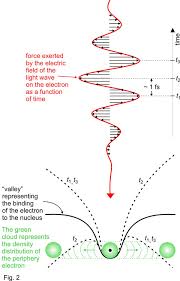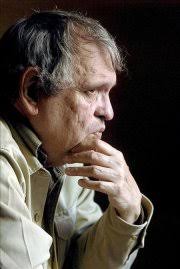
Son muchos los problemas que continúan teniendo nuestras publicaciones para competir internacionalmente
, dice el autor.
El reciente informe 2008 Journal Citation Reports Science Edition ( JCR, Institute for Scientific Information, Thomson Reuters, 2009 ) ofrece algunas novedades de interés, como el incremento, más bien escaso, de revistas españolas entre las 6.598 seleccionadas ( 0,56 % del total ) y un nuevo parámetro bibliométrico, denominado 5-Year Impact Factor, que mejora notablemente ediciones precedentes. Con toda seguridad, el último JCR ha sido espoleado por su nuevo competidor, conocido como SCImago Journal & Country Rank, desarrollado íntegramente en España sobre la base de datos SCOPUS de la multinacional holandesa Elsevier. Así, este repertorio amplía su análisis ya a 16.033 revistas científicas y, entre ellas, 227 ( 1,4 % ) españolas...¡ No hay nada mejor que la competencia para renovar productos y servicios ! Pero, también, el 2008JCR dedica un espacio importante al tema de las auto-referencias ( no confundir con las autocitas de los propios autores, que esto es harina de otro costal ), un aspecto que suele pasar desapercibido para muchos, pero que merece una especial atención por su trascendencia en España.













